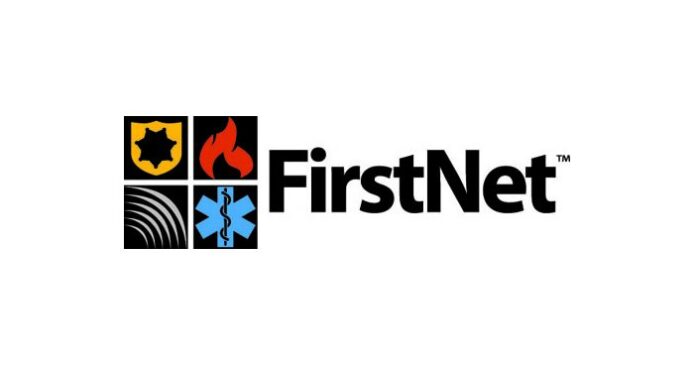The board of the First Responders Network Authority has approved its budget, putting $126 million in play for acquisition, consultation and spectrum relocation in the next fiscal year as the FirstNet national network moves closer to reality.
Progress is slowly but surely being made toward a national LTE network for first responders, and the ecosystem around FirstNet is coming into clearer focus at this year’s APCO 2015 show, being held this week in Washington, D.C.
In a special teleconference meeting yesterday, the FirstNet board authorized the organization’s management to spend up to $86 million in fiscal 2016 on “acquisition activities to include the finalization and evaluation of the Request for Proposal (RFP), cyber security, and spectrum relocation; $28.7 million for consultation and outreach to the states, territories, federal agencies, tribal governments, and local jurisdictions; and $11.3 million in corporate services and other expenses.” More details on FirstNet’s timelines and spending, as approved by its finance committee, are available here. As with last year, the bulk of FirstNet’s budget is expected to go to the RFP that will ultimately shape the network.
FirstNet’s management structure changed yesterday as well. In an effort to “more closely align with its mission and operating model,” FirstNet created the positions of CEO and president. Acting Executive Director T.J. Kennedy was moved into the role of president, while Michael Poth, a former police captain as well as a technology executive at Hewlett-Packard and Northrop Grumman, was sworn in as FirstNet’s first CEO.
In announcing the leadership structure changes, FirstNet said its approach “reflects the key roles FirstNet’s top executives must play given the complexity and importance of the FirstNet program and ensures the new titles accurately reflect the duties and responsibilities of FirstNet’s senior-most executives.”
Kennedy will focus on FirstNet’s ongoing outreach and technology-focused efforts, while Poth is expected to put particular effort into the RFP that will form the basis of the network and the partnerships that will be needed to make it work.
Sue Swenson, chair of the FirstNet board, said Poth’s “extensive experience managing large teams in the IT and communications sectors will be an invaluable asset to the FirstNet organization. His talents will nicely complement the strength of our existing management team. Working together with T.J. Kennedy, I’m confident that we are on a sound path to meeting our goals and fulfilling our mission.”
FirstNet early-builder projects are receiving quite a bit of attention at the show. Vendors PMC Associates, Oceus Networks, Hughes and Mutualink, which have been involved in New Jersey’s pilot project are sharing lessons learned on joint implementations and lessons learned. The JerseyNet project consists entirely of deployable network assets, in order to provide insight into the role that deployables will play in the larger national network.
New products and announcements from the show include:
• Nokia Networks – which is on its way to acquiring Alcatel-Lucent – expanded the capabilities of its LTE network-in-a-box solution for public safety with new features from Harris Corp., with which it partners on public safety solutions. Harris’ BeOn was integrated into

Nokia’s NIB to support “Land Mobile Radio-like” features such as push-to-talk, group messaging, video streaming and location tracking among users in areas that are not connected to the rest of the network.
Robert Fennelly, who heads up Nokia’s public safety operations in North America, said that the new solution essentially extends edge computing power so that applications can be supported among users even when a bubble of LTE coverage is disconnected from the rest of the network. It also includes an open API – an important piece of encouraging developers to put together public-safety-focused applications that leverage the NIB solution, which he described as weighing well under 100 pounds, is mountable on vehicles that would be driven to an incident scene and are configurable within minutes.
“There are huge areas that are not covered, and deployables are one way to augment that,” Fennelly said. The NIB also has the capability of storing some information, such as building diagrams, he noted, so that such information is accessible to users within the NIB’s coverage area regardless of whether the main network can be reached.
Fennelly added that Nokia recently created a business unit to target the needs of public safety users, with the Harris partnership playing a large role in the portfolio to support end-to-end offerings.
• Dali Wireless is highlighting the t-series PS digital distributed antenna system, which was chosen for the Dallas-Fort Worth International Airport. Dali was selected in June to design and build the system to cover public safety communications across five terminals and 12 million square feet.
• CradlePoint, which develops LTE communications platforms, said that the Boise Police Department is using its enterprise networking platform for 150 department vehicles to streamline its IT operations and open up more space in vehicles with a centralized, cloud-based system. A case study is available here (pdf).

